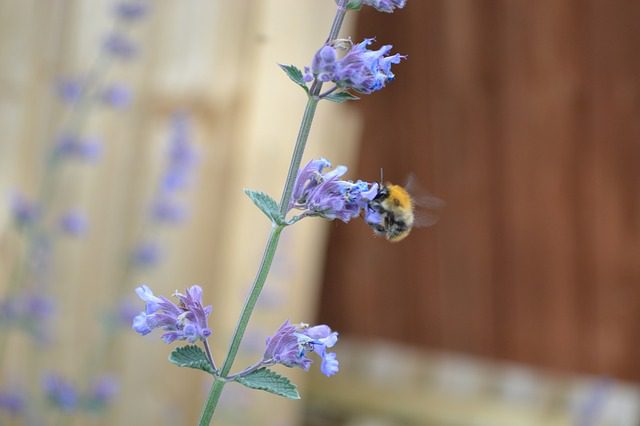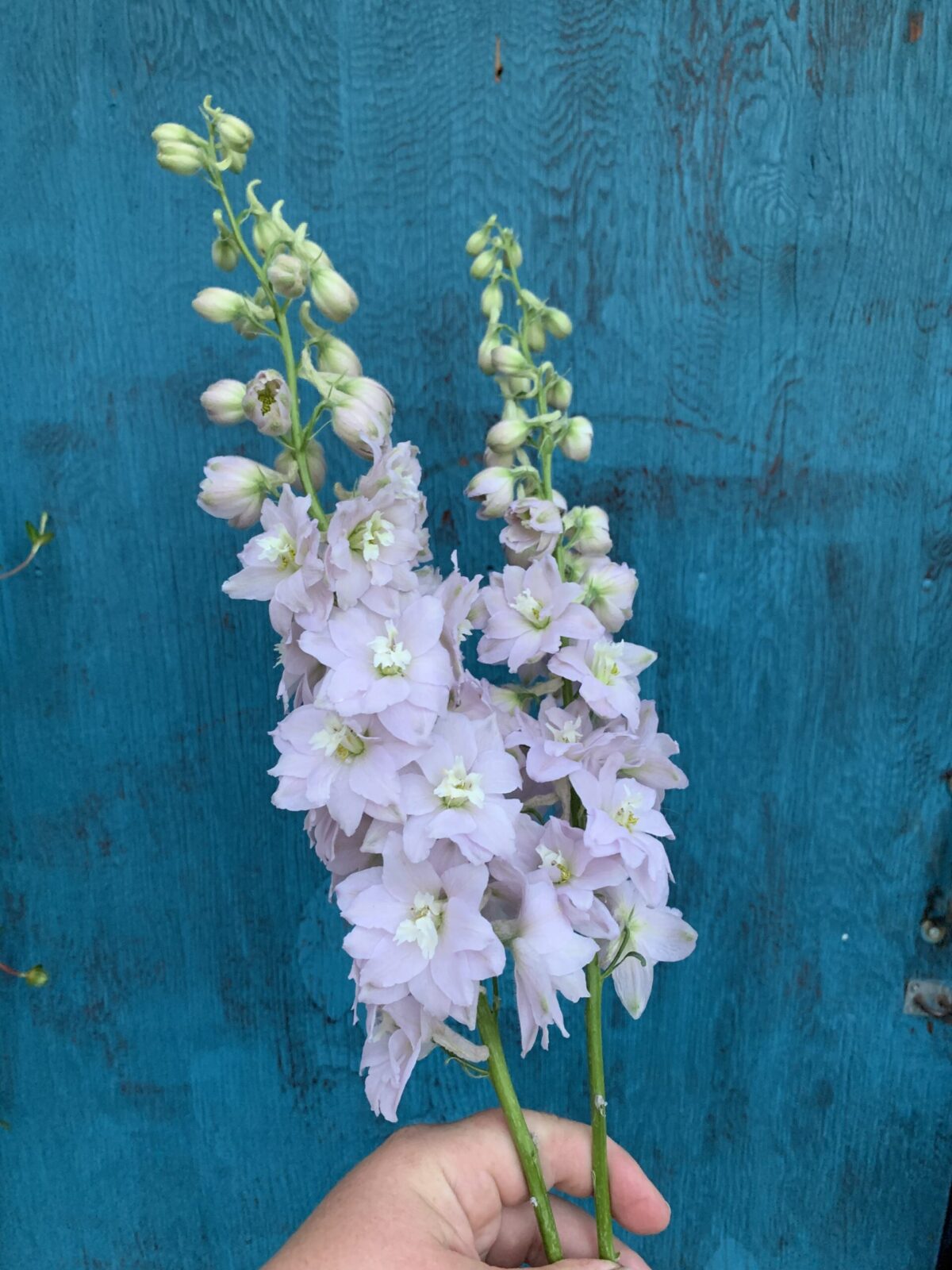Are you planning to seed start perennial flowers this year? You need cold stratification! It may sound fancy, but the process is very simple. Cold stratification is basically the process of introducing seeds to a simulated winter. You can stratify seeds indoors or outdoors, requiring minimal equipment or effort. As long as you have either a fridge or some soil and seed trays, you should be good to go.
Seed stratification greatly helps the germination process and ensures your plants have what it takes to survive those cold temperatures. Learn how to get started below!

notes about cold stratification
To get started with cold stratification, there are three basic methods:
- Put all your seed packets in a container in the fridge for about a month.
- Put your seeds in some seed trays filled with soil, leave them outside, and occasionally water them with snow on your deck once it gets to melting temperatures.
- If your seeds require moisture (this information should be on the back of your seed packet), put them on a moist paper towel and keep them in your fridge.
Not sure if your perennial seeds need to go through this process? I’ve included a list of ten plants that require cold stratification below, though most seed packets should mention it somewhere on the back. If you can’t find your seeds in this list or the information on the back of the seed packet isn’t clear, google your plant’s name + “cold stratification,” and you should find your answer!

Perennials that require cold stratification
1. Catmint
If you’re going to grow catmint, try to make sure you don’t have a lot of cats in the area (or protect your plant until it can grow to a reasonable size). The neighbourhood cats *will* utterly destroy it to nubs–trust me, I’m speaking from experience.

2. Coneflowers
Coneflowers are a staple of every garden. It’s always nice to have something that’s fall-blooming!

3. Delphiniums
Delphiniums are one of my favourite perennials. Make sure you put them in the back of the perennial garden or surround them with other medium-sized perennials, as they do tend to fall over in a storm! If you know a storm is coming, it is wise to stake your plants!

4. Heliopsis
These cheerful flowers bring whimsy to any perennial garden!

5. Lupin
Lupin come in many colours but they can be temperamental to grow. If you make a bouquet with them, make sure you have them upright facing. If you face them to the side, they’ll just point their way up and look weird!

6. Milkweed
I recently grew some of this at our acreage, and I absolutely loved it! Milkweed has beautiful little flowers, and the butterflies agree!

7. Pincushions
Pincushions look interesting in all their stages, so you can arrange with them as they grow!

8. Rudbeckia
Depending on the variety of rudbeckia, some of them are only half-hardy in Zone 3. So, if you’re planting the fancy varieties for cut flowers, only expect about 50% of them to come back!

9. St. John’s Wort
St. John’s Wort has stunning bright yellow flowers and can be used for a variety of medicinal purposes! Though some gardeners think of them as weeds, their unique shape makes them a beautiful addition to the perennial garden.

10. Yarrow
Yarrow is probably one of my favourite perennials (even though some people feel like it is a weed). Like St. John’s Wort, it also has medicinal properties. I personally like the Summer Berries mix!

Is there anything you’d add to this list? Let me know in the comments!
If you liked this blog post, follow me on Facebook, TikTok, and Instagram for more cold-climate gardening tips, delicious recipes, and cut flower goodness! I also make weekly videos over on my YouTube channel. I hope to see you there!
P.S. If you love the content I create for Shifting Roots, consider joining our community on Patreon. Your support means the world to me and I am grateful for each and every one of you!
WANT TO CREATE A PERENNIAL GARDEN THAT BLOOMS FROM SPRING TO FALL?
The Constant Colour Garden has everything you need to easily create your own perennial garden with constant blooms! You’ll get an easy-to-follow system, along with 5 templates and 5 done-for-you plans, plus fun bonuses.



Sara